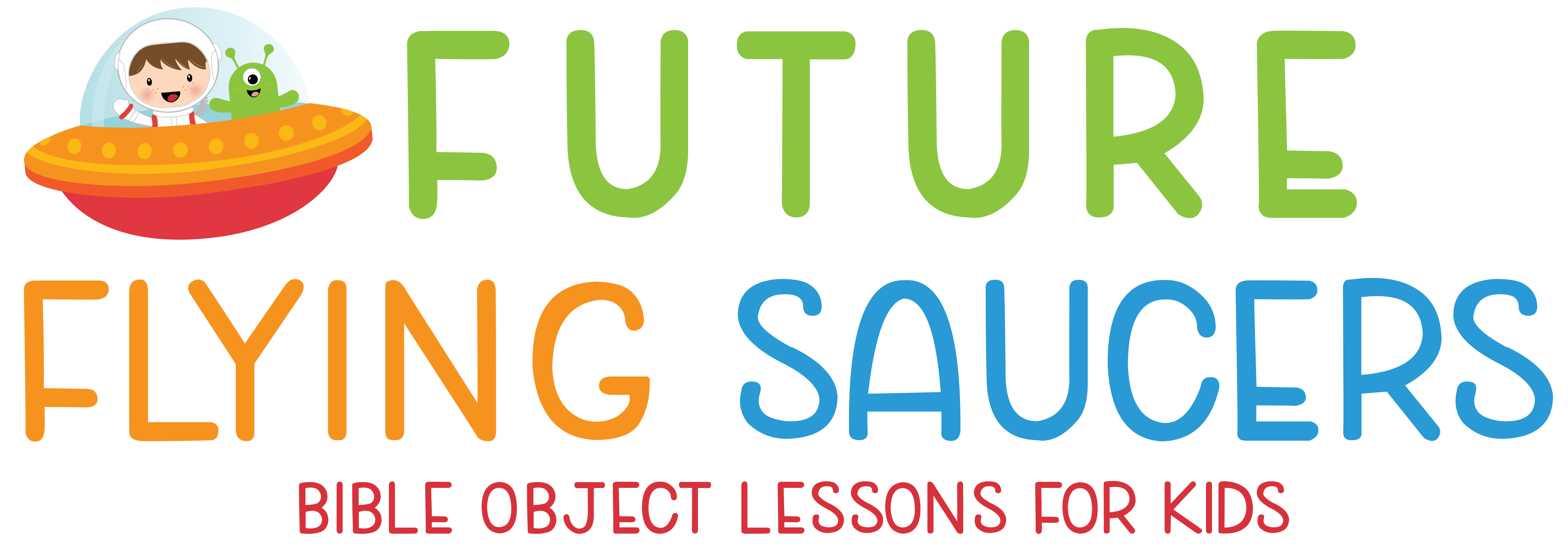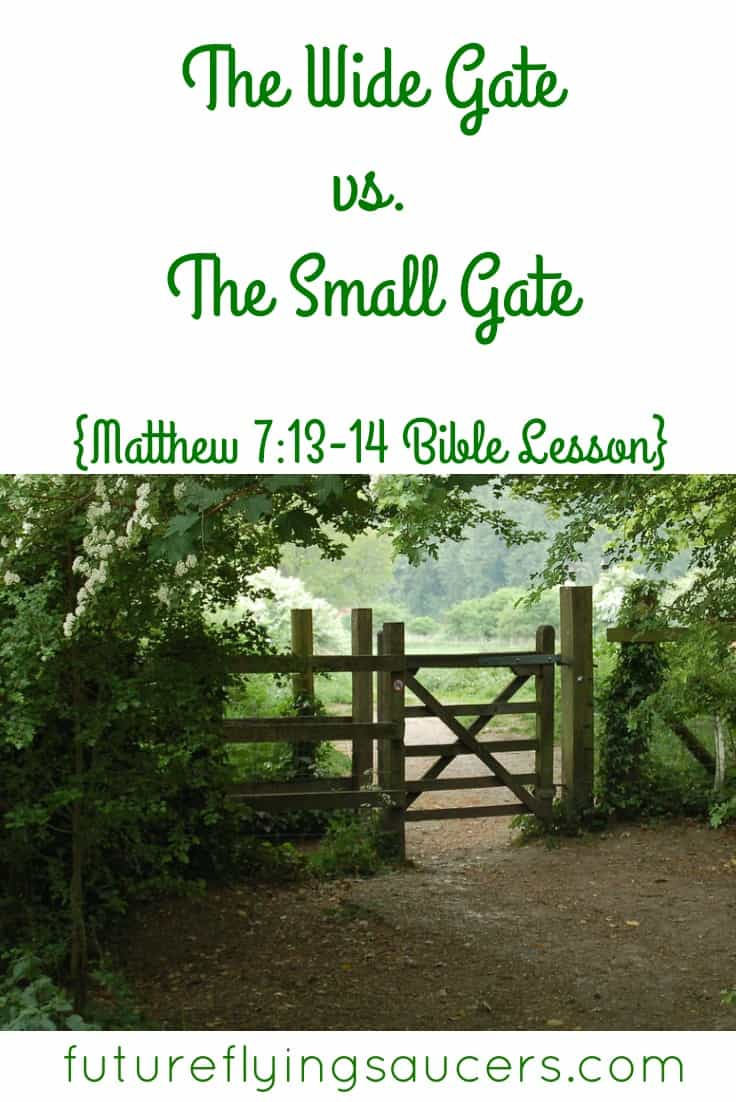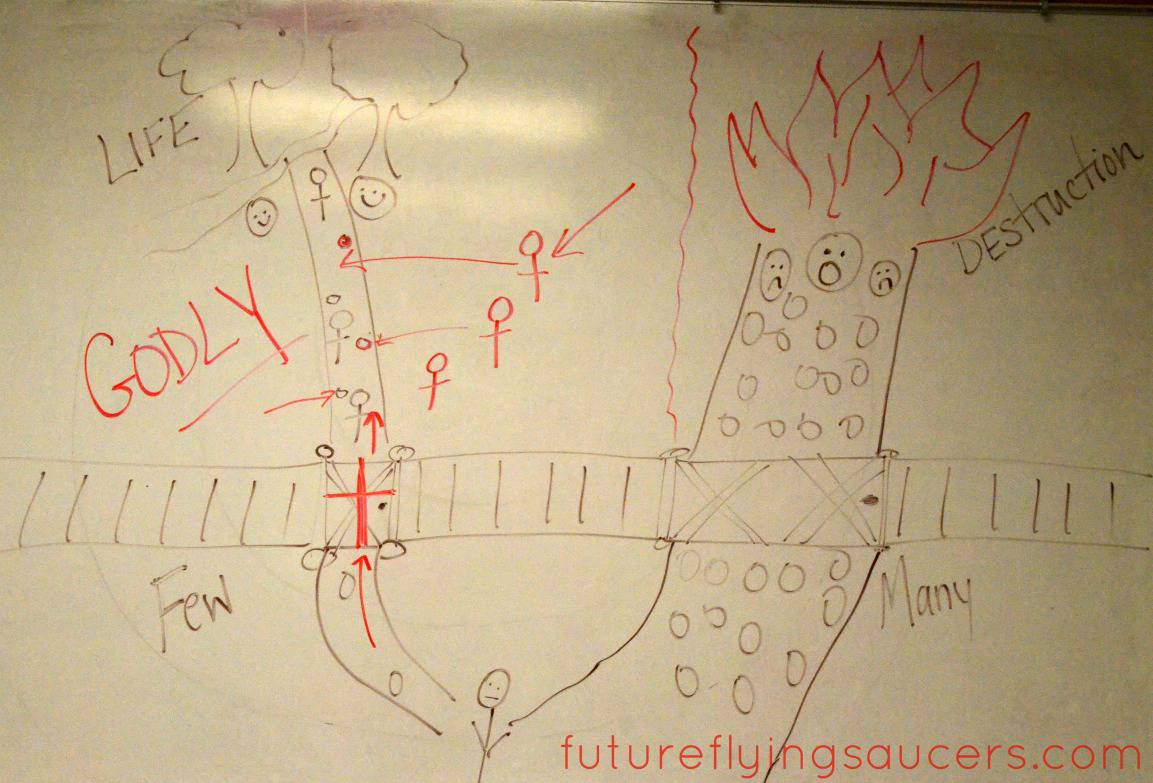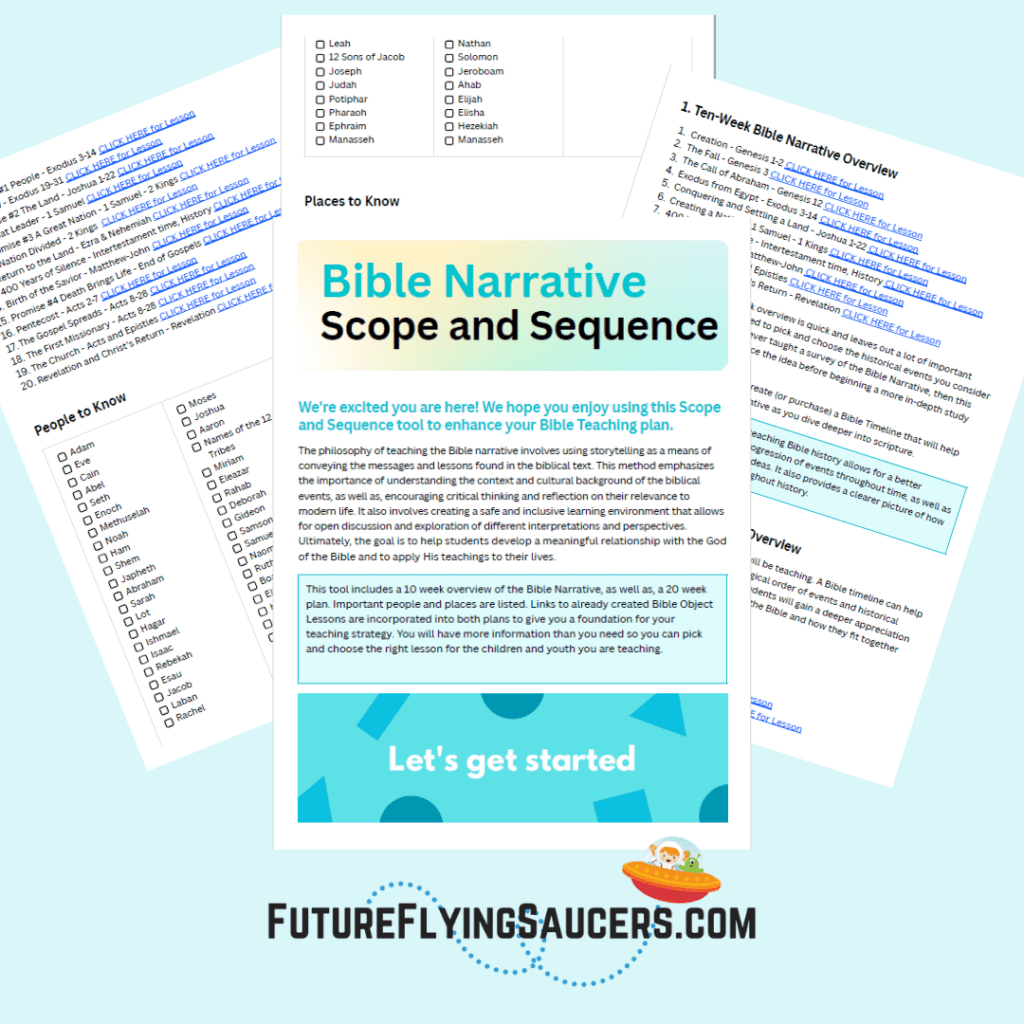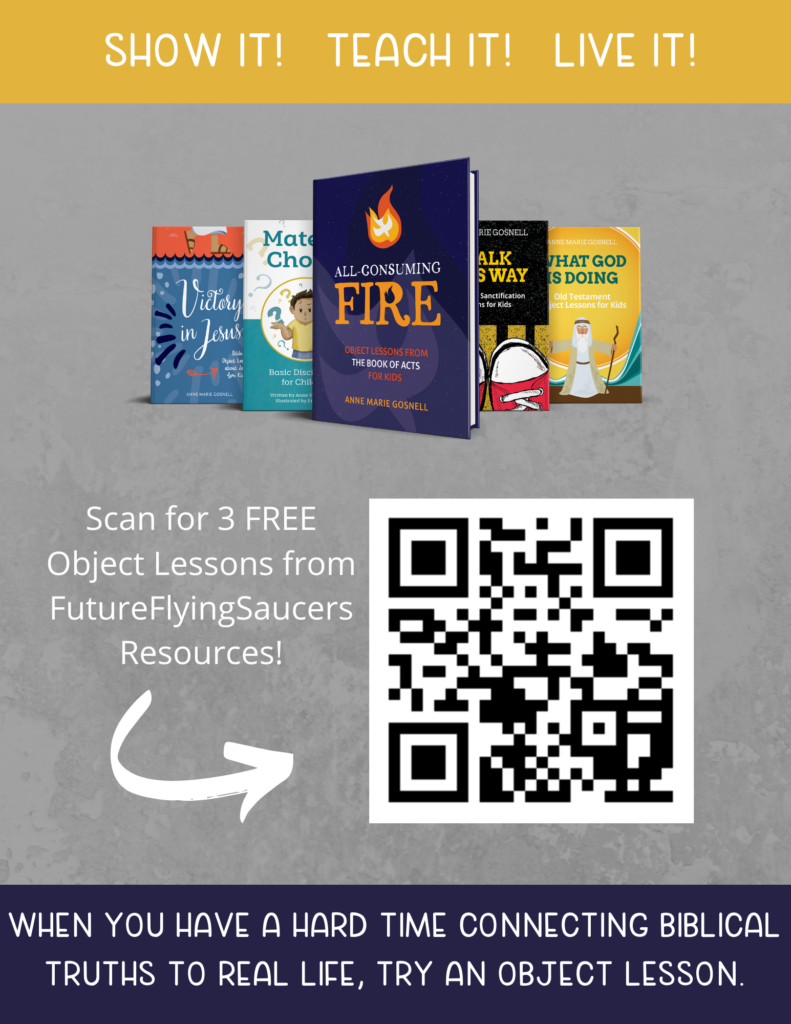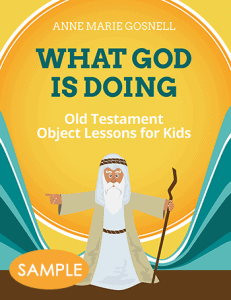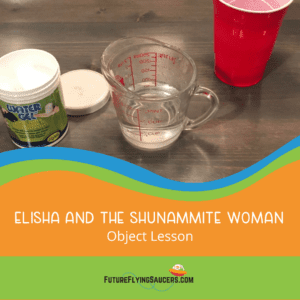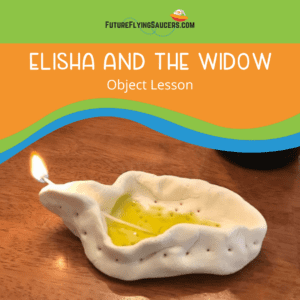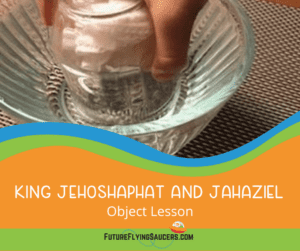Share with your friends!
Why do we need to be godly? Does God really care about our choices? If so, does he care about all of them? This Bible lesson focusing on the wide gate vs. the small gate, will help our children understand that Jesus is the one and only gate and is THE step in the right direction on the narrow path of godliness. {Deuteronomy 5:32}
Scripture Focus: Matthew 7:13-14; John 10:1-18
Materials: a real, or toy, gate {or a picture of a gate}; poster board or a white board
Free Poster: Click on the image below and print.
The Wide Gate vs. the Small Gate Object and Bible Lesson:
{Show the gate, or picture of the gate.}
What is this? [A gate] Why do we use gates? [so we can go through fences easily; to keep something inside a fence; to not allow something to get into a fence]
We can walk through gates. We can close them. We can lock them. They can protect us, or something we have inside a fence. Gates and fences can separate land, such as your backyard from someone else’s yard. Should you climb over fences? [Probably not, especially if the property belongs to someone else.] Going over a fence you aren’t supposed to means you have trespassed and that is against the law.
In the book of Matthew, in chapter 7, Jesus was almost to the end of his Sermon on the Mount.
{Have the children read Matthew 7:13-14 in their Bibles.}
Jesus described two objects for us. Let’s draw a picture of what he said.
{Draw a fence with a small, narrow gate and a broad, wide gate.}
If there are gates, that means there is a fence. And the property on the other side belongs to someone else. So we have to choose a gate to get to the other side. The way through the wide gate is broad and it leads to destruction.
{Draw a wide path that leads through the gate and to an area of fire. Show many circles that can equal people on the wide path. Add the words DESTRUCTION and MANY.}
But Jesus tells us to go through which gate? [The narrow gate] How come? [it leads to life.]
{Draw a person standing at the fork in the road. Add the narrow road going through the narrow gate. Have it lead to trees and smiley faces. Add some rocks on the road. Show only a few people on the road. Add the words LIFE and FEW.}
Which path will most people choose? [the wide one] Is it an easy path or a hard path? [Easy] The narrow road has some pot holes and rocks. Jesus tells us that the road through the narrow gate is hard. You have to decide which path you want to take. And if you choose a path, how do you get through the gate?
John 10 helps us to know that answer. There are many things from the verses we could add to our picture, but that’s another lesson. We will focus on verse 9. Jesus tells us that he is the door. Which gate, or door, is he? The narrow one, or the wide one? [the narrow gate]
{Add a cross inside the narrow gate.}
Jesus told us to ENTER through the narrow gate. He says that he IS the gate. We enter the gate by allowing Jesus to be our Master. When we surrender everything to him, then we walk along the narrow road. If we DO NOT choose to have Jesus Master of our lives, then which door do we chose? [the wide one] And that road leads to destruction.
How many people will choose Jesus? [not many] How many will NOT choose Jesus? [lots of people]
Life Application for The Wide Gate vs. The Small Gate:
Once you choose to have Jesus as your Lord and Savior, and you really mean that in your heart, then you walk through that narrow gate. The problem is there are times when we do not live as Jesus wants us to live and we start walking towards the path to total destruction. We won’t ever get there, but we will hurt ourselves and others along the way.
How do we stay on the narrow path?
{Hold up and read the poster.}
How do we stay on the narrow path? [Do what God commands us to do.] When we turn to the right or the left what ends up happening? [We start going towards destruction.] When we turn to the right or the left, that is when we are making selfish choices, and not living as God wants us to.
{Add people walking off the narrow path towards destruction. Draw a line between the people and the road to destruction.}
Even though we might make poor decisions, once we have walked through the narrow gate, we can never go back to the broad road. {Point to the line.}
When we start to make foolish choices, God tries to get our attention so we will get back onto the narrow path. Sometimes we are convicted of our wrong doings and the Holy Spirit reminds us how we really should be living. Then we choose to walk on the narrow path again.
{Draw arrows showing the people going back to the narrow road.}
Sometimes God tries to get our attention and we choose to ignore him. What will happen if we make this choice? [consequences that are not so great]
Does God care about our choices? [Yes] All of them? [Yes.] What about choosing a red pencil instead of the blue pencil? [Maybe not this type of choice.]
God loves you so much. And he cares about all of the daily choices you make. The choices that matter most are the ones that are based on God’s commands. Does God say, “You must always use a red pencil?” No, but he does say to use the words you say, and the words you write to tell others about him. He tells us to say nice things about others.
It’s our living of God’s commands that keep us walking on the narrow part to godliness. And it is our faith that helps us step over the rocks and potholes in the narrow road.
The narrow road is hard. But Jesus says he walks with us every step of the way. And when we die and we see Jesus face to face he will tell us, “Well done, good and faithful servant.”
What can we learn from the wide and narrow gates? If we want to be godly, then we must remember that Jesus is the way to life, and by surrendering to him we agree to do everything that God commands.
{Display the poster in the room throughout this series and read it each week.}
